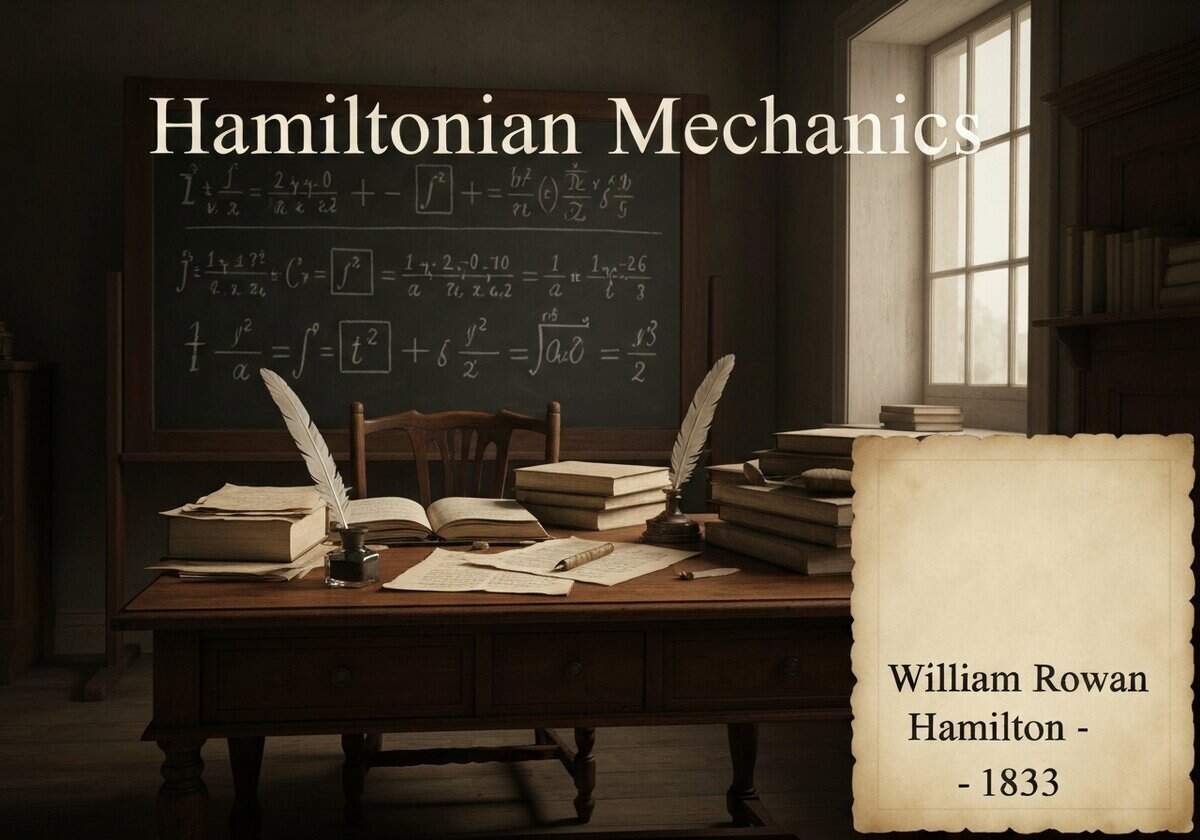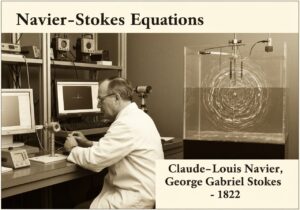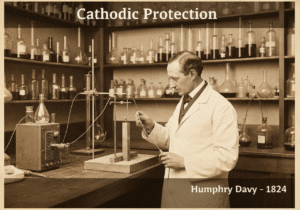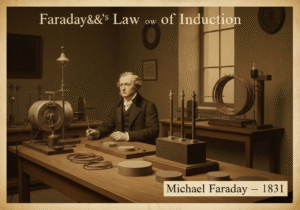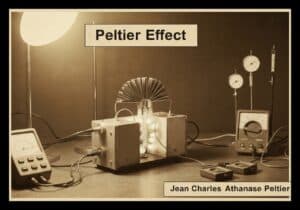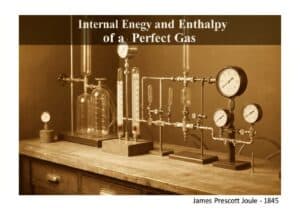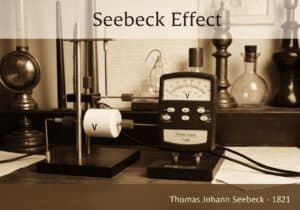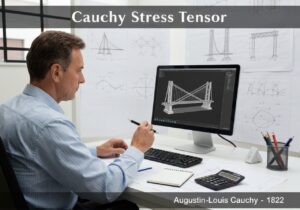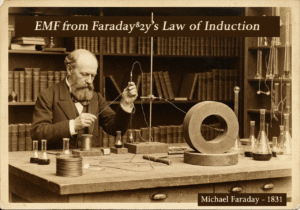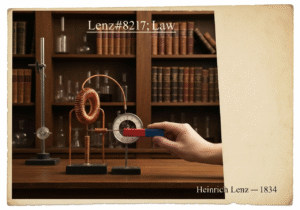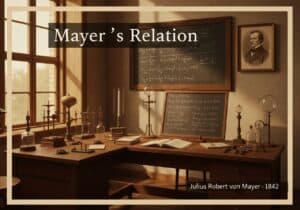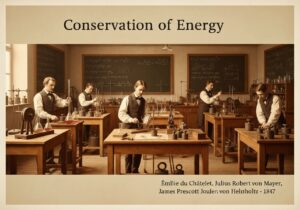A reformulation of classical mecánica that uses generalized coordinates and their conjugate momenta. It is based on the Hamiltonian function, [latex]H(q, p, t)[/latex], representing the system’s total energy. The dynamics are described by Hamilton’s equations: [latex]\dot{q}_i = \frac{\partial H}{\partial p_i}[/latex] and [latex]\dot{p}_i = -\frac{\partial H}{\partial q_i}[/latex]. This estructura is central to quantum mechanics and statistical mechanics.
Hamiltonian mechanics, developed by William Rowan Hamilton, is a further abstraction of classical mechanics, building upon the Lagrangian framework. Its natural setting is phase space, an abstract space where the axes are the generalized coordinates ([latex]q_i[/latex]) and their corresponding generalized momenta ([latex]p_i = \frac{\partial L}{\partial \dot{q}_i}[/latex]). The complete state of a system at any instant is represented by a single point in this phase space.
The central function is the Hamiltonian, [latex]H(q, p, t)[/latex], which is derived from the Lagrangian via a Legendre transformation. For many common systems, the Hamiltonian is simply the total energy, [latex]H = T + V[/latex]. The system’s evolution in time is governed by a set of first-order differential equations known as Hamilton’s equations: [latex]\dot{q}_i = \frac{\partial H}{\partial p_i}[/latex] and [latex]\dot{p}_i = -\frac{\partial H}{\partial q_i}[/latex]. These equations are symmetric and often easier to work with than the second-order Euler-Lagrange equations.
A profound aspect of this formalism is its deep connection to other areas of physics. The structure of Hamiltonian mechanics is preserved under a class of transformations called canonical transformations. The time evolution of any quantity [latex]f(q, p)[/latex] can be expressed using Poisson brackets, a mathematical operation that has a direct analogue in quantum mechanics: the commutator. This makes Hamiltonian mechanics the most direct classical precursor to quantum theory.
Furthermore, Hamiltonian mechanics is the foundation of statistical mechanics. Liouville’s theorem, a direct consequence of Hamilton’s equations, states that the volume of a region in phase space is conserved as it evolves in time. This principle is crucial for understanding the behavior of large ensembles of particles, such as atoms in a gas.

